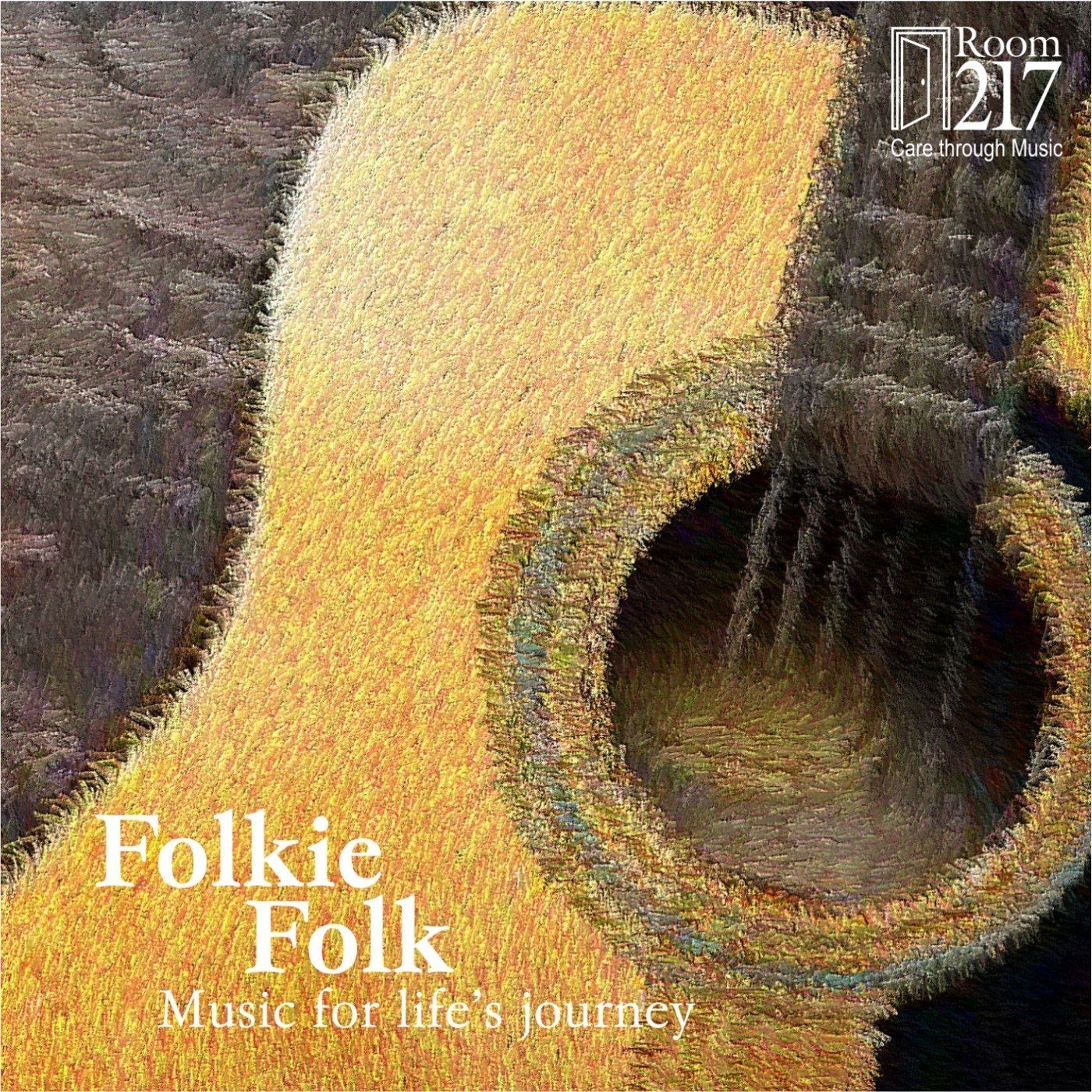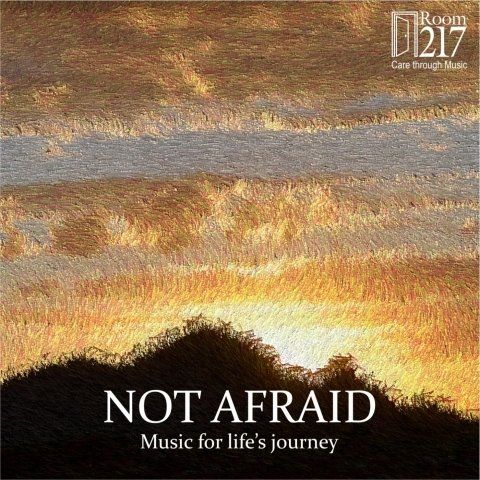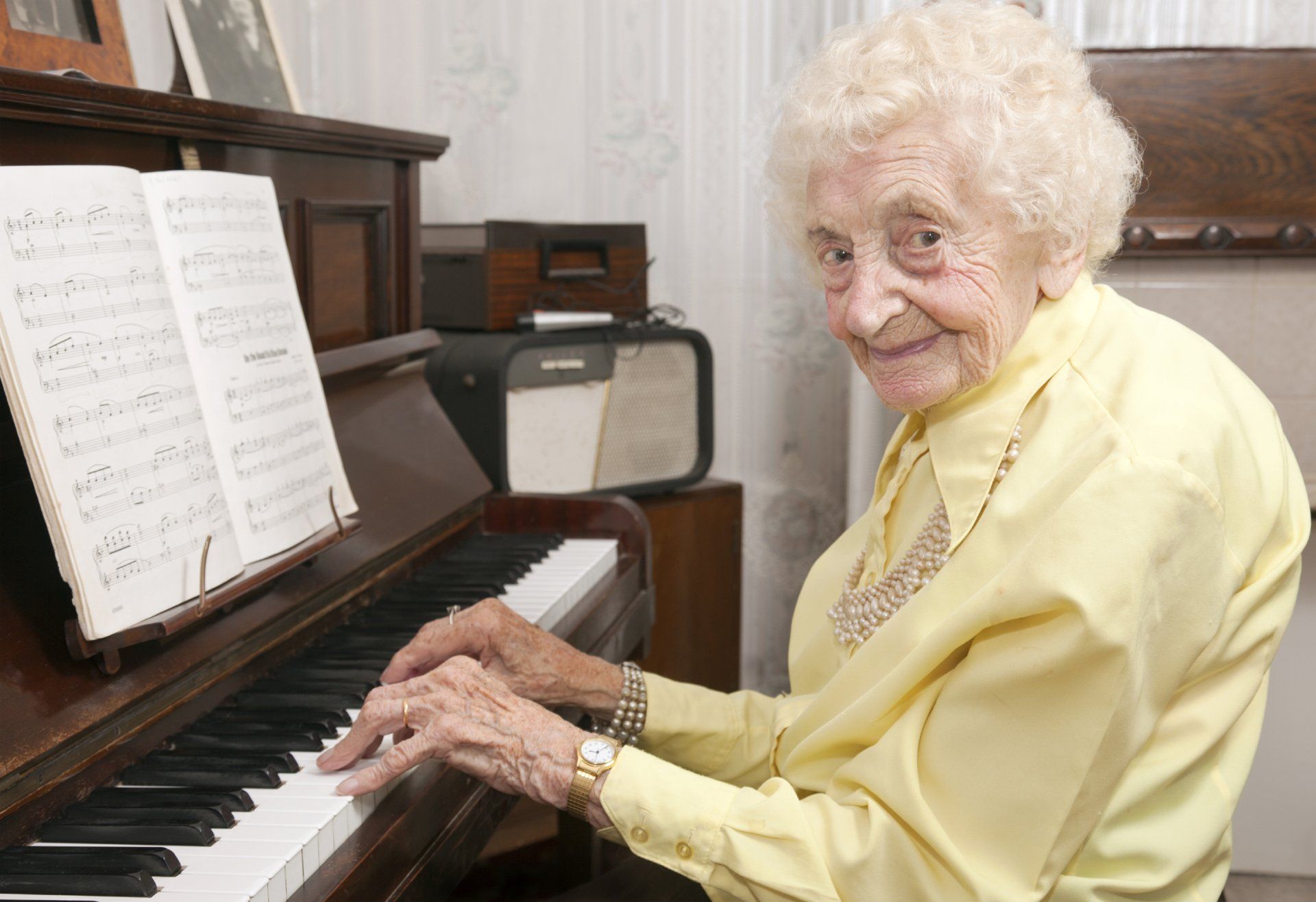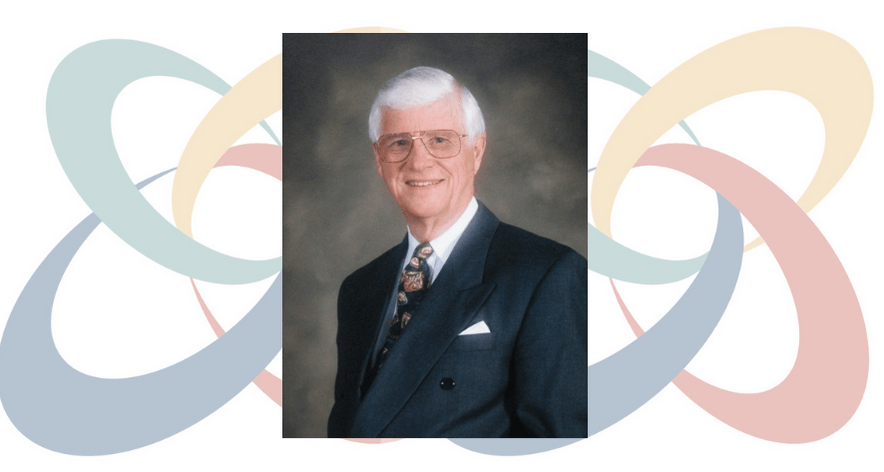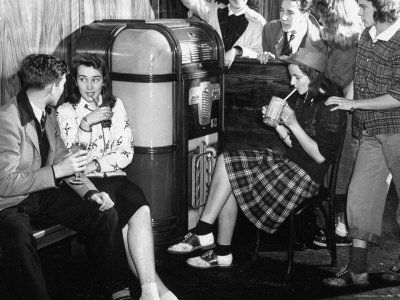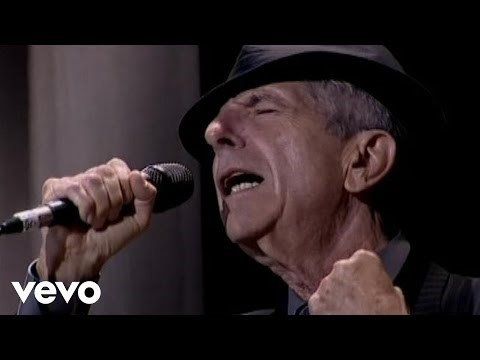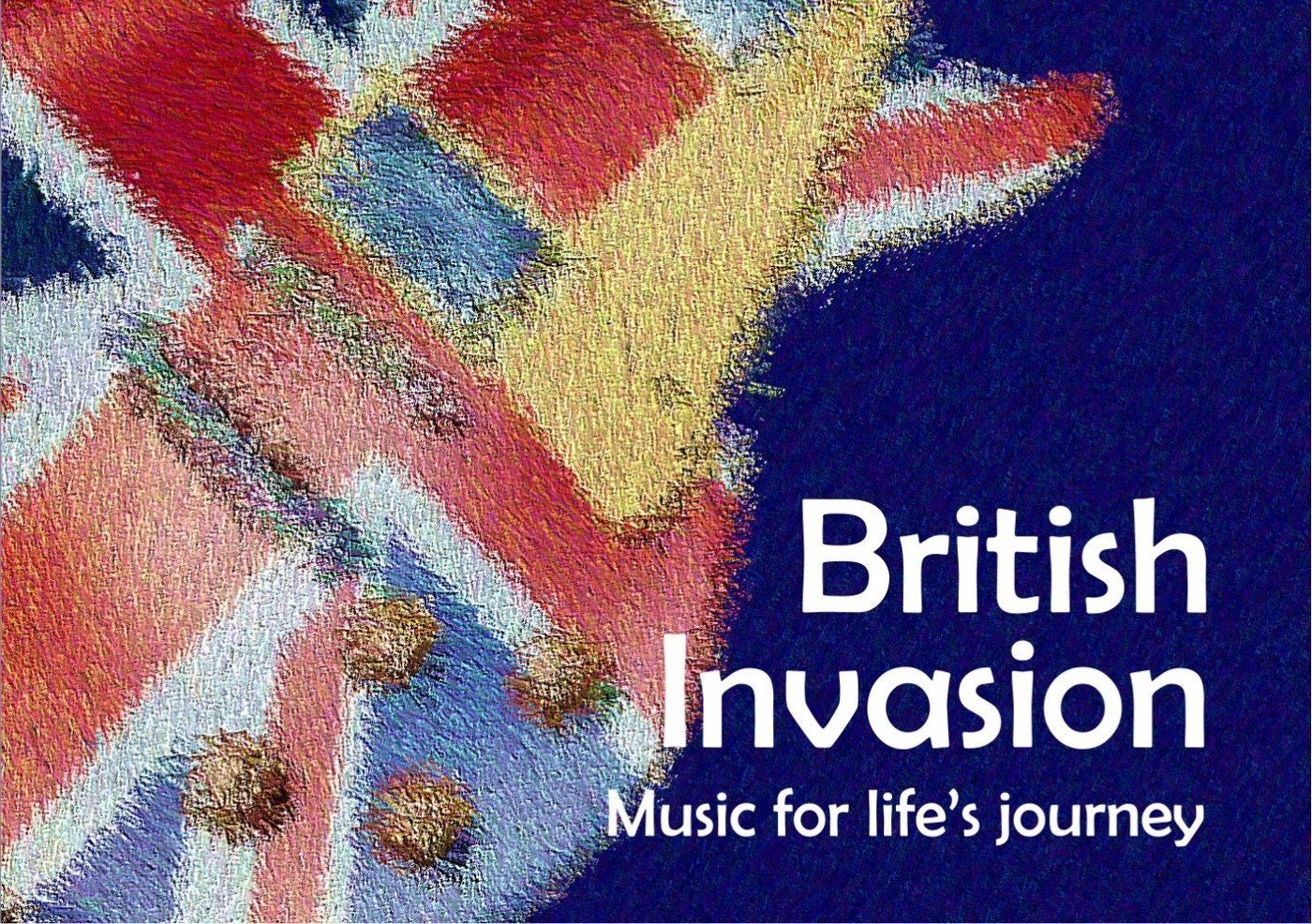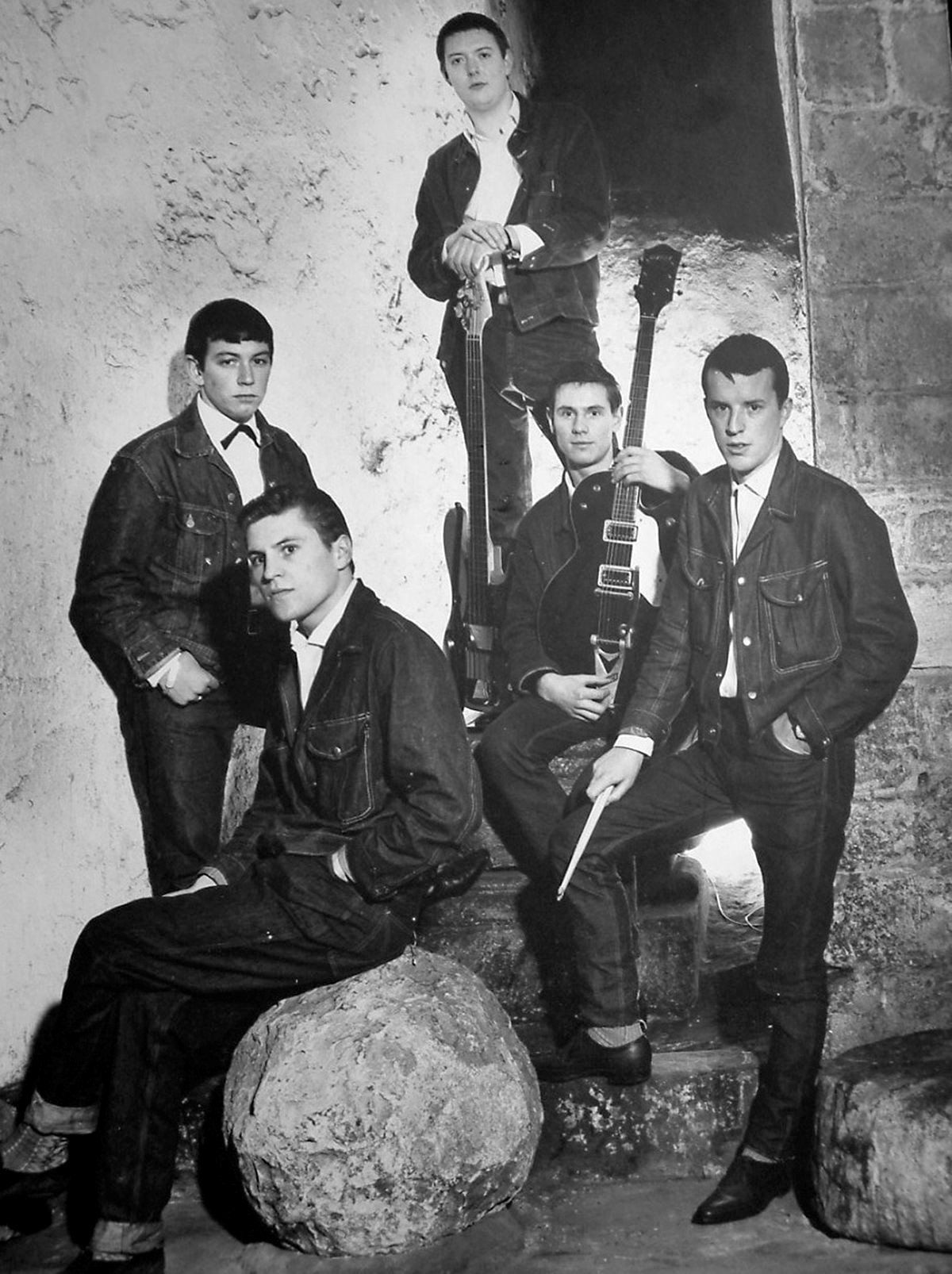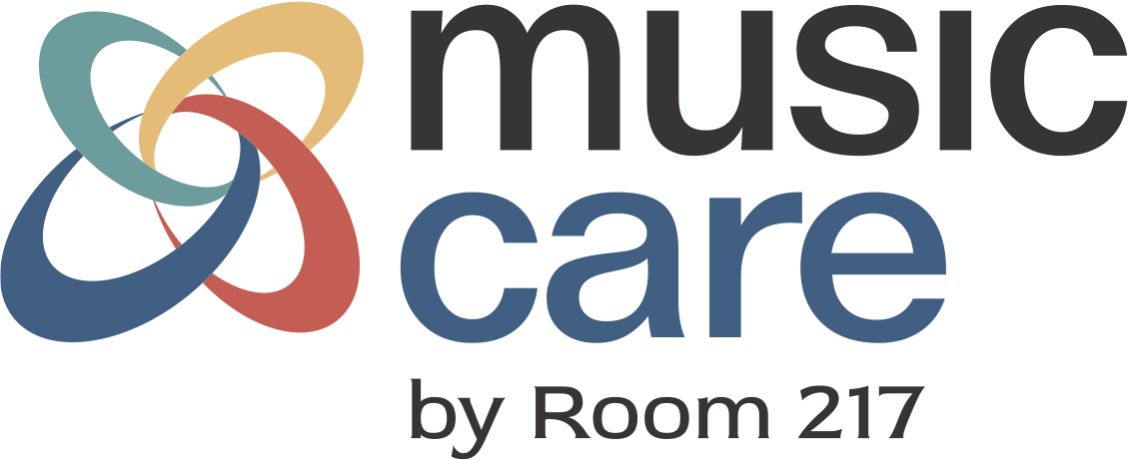The Faces of Room 217: Who Delivers Music Care
Music care can be delivered by anyone. It is the intentional use of music to improve health and well-being.
Typically, music care is integrated into a person’s regular scope of caring practice i.e., family caregiver, social worker, health aide, recreation therapist, volunteer, chaplain etc. In this way, delivery makes for a music-rich environment through community music opportunities, regular programming, spontaneous musicking, technology applications and a soundscape conducive to well-being.
Music care may also be delivered by professional practitioners such as music therapists, healthcare musicians, harp therapists, music thanatologists. In this case, the person has extensive training and expertise using music with specific goals whether they are clinical or cultural.
Music care is also delivered through knowledge development and translation. Using a research-informed approach, musical effects and strategies are passed on through education, training and research.
While music care delivery may be inclusive, becoming informed about benefits and adverse effects of music is essential. Room 217 provides training and certification for informal and formal caregivers to learn how to deliver music care more responsibly and effectively.
Here are some of the certified music care advocates that are delivering music care within their scope of practice.
Meet Dilip Ghosh. Dilip is an activation coordinator in the Transitional Unit of Complex Continuing Care and Rehab at Michael Garron Hospital and Chester Village Long-term Care Home. Here is how he prioritizes the mental and physical well-being of his patients using the music care approach:
“In my everyday practice I use music as part of a non-pharmacological approach to treatment for three main reasons. First, I use music in order to reduce responsive behaviors in my patients by engaging them in meaningful musical activities. Second, I integrate music into other programs so that my patients' can continue to develop the social, emotional, physical and intellectual skills that can ultimately help improve their quality of life. Third, I use music to make a connection with my patients to enhance their self-confidence and self-worth, contributing to their overall wellbeing.”
Meet Shelley Neal. As a special education teacher, program coordinator and therapeutic musician, here is how she uses the music care approach in her practices:
“I use music to help me deliver curriculum content, as well as coordinate movement, communication and language development with non-verbal children. As a therapeutic musician, I use music at the bedside for those in hospice and long-term care to meet their moods and needs at the time. I love coming into care settings to talk to staff about how to use music to reduce isolation and loneliness and improve quality of life.”
Meet Corey Jellison. As a human service worker for Key Industries, here is how he uses music care to empower persons living with a disability:
“The needs I see music meeting in my care practice is seeing people for who they are, being able to express themselves and finding new ways for people to move forward with the abilities they have. I use vocal breathing, instrument playing and music listening to meet these needs.”
Meet Heather Grant. Heather is a recreation therapist with the Alzheimer’s Society of Sault Ste Marie and Algoma District. Here is how she incorporates the music care approach to support clients with memory loss:
“From encouraging their participation in physical activities to reminiscing about lost memories, music has the ability to transport them to a particular place and time with just a few bars of a song. It can be a release of emotions or calm someone who is agitated, or it can help an individual cope with anxiety and depression, and aid in pain management. Music helps where language can be lost. When an individual might not be able to speak, they are still able to sing.”
If you would like to learn how to deliver music care within your practice of care, contact us at info@musiccare.org.


